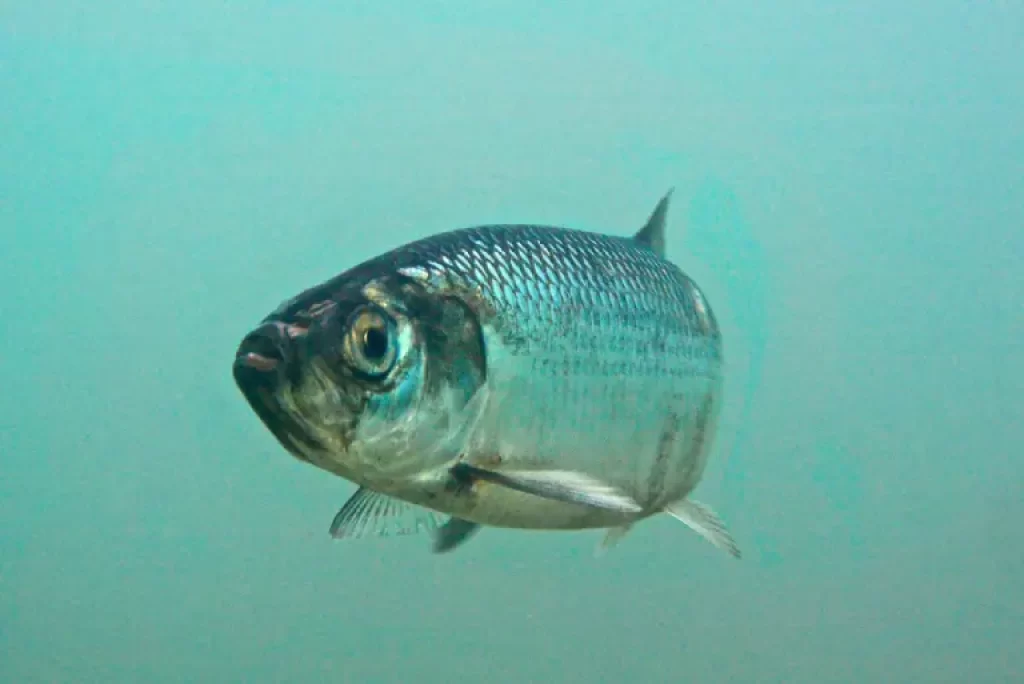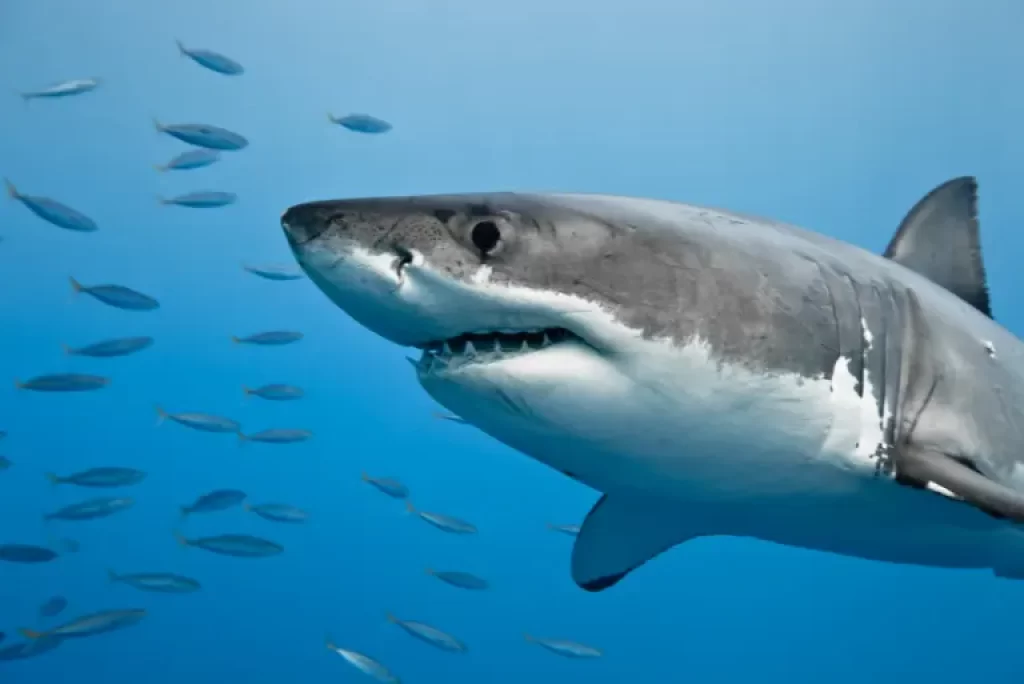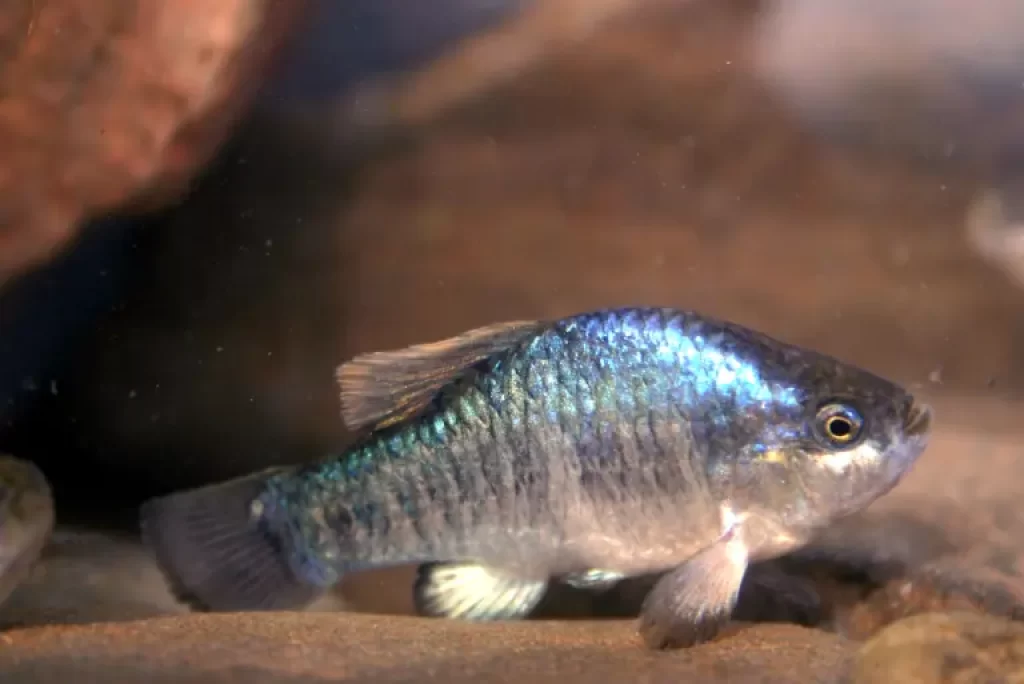Yes! Did you know that some fish actually fart? While it may sound like a silly question, it’s actually an interesting topic of study. In fact, certain species like herring and sand tiger sharks have been observed releasing bubbles from their anal duct region, which is essentially their gut or swim bladder.
In the case of herring, the bubbles are accompanied by a high-pitched sound that they use to communicate with each other at night.
Meanwhile, sand tiger sharks use farting as a means of deflating their swim bladder, which helps them adjust their depth in the ocean.
So, while it may seem like a humorous topic, fish flatulence is a real and fascinating aspect of marine biology!
The Science of Fish Farts

Check this for more information: Answers to Science Questions
Fish farting, also known as fish flatulence, is a real and scientifically documented phenomenon. Several studies and observations have shown that certain fish, such as herring and sand tiger sharks, are capable of farting. But how exactly does it work?
First, let’s take a look at the evidence. In a study published in Scientific Reports, researchers used underwater microphones to record the sounds made by Atlantic herring, a small fish found in the North Atlantic Ocean.
They found that the herring produced high-frequency sounds that were associated with the release of bubbles from their anuses.
The researchers suggested that these sounds and bubbles were likely a form of communication between herring, possibly used to coordinate movement or avoid predators.
Meanwhile, sand tiger sharks have also been observed farting. These sharks have a unique swim bladder that is connected to their digestive system, allowing them to inflate or deflate the bladder as needed.
By farting gas out of their anuses, the sharks can rapidly change their buoyancy and adjust their depth in the water.
But how do fish actually fart? The mechanism is similar to that of other animals: gas builds up in the intestines or swim bladder, and is eventually expelled through the anus.
In some cases, such as with sand tiger sharks, the farting mechanism may be used for a specific purpose, while in other cases, such as with herring, it may be more of an incidental byproduct of digestive processes.
So why do fish fart? The reasons may vary depending on the species. In some cases, as mentioned with sand tiger sharks, it may be a mechanism for adjusting buoyancy in the water. In other cases, such as with herring, it may be a form of communication between fish.
Do Herring Fart?

Yes, herring fish are capable of farting, but not for the reasons that we might think. While many animals, including humans, pass gas as a way to relieve digestive discomfort, biologists have discovered that herring fish use flatulence as a means of communication.
When herring fish fart, they release bubbles from their anal duct region, which are accompanied by a distinctive high-pitched sound that resembles a raspberry.
This sound is known as a “Fast Repetitive Tick” or FRT, and researchers believe that it plays a crucial role in facilitating communication among herring fish.
Studies have shown that herring fish use FRTs to coordinate their movements and avoid collisions with other fish in their school.
During the spawning season, FRTs have also been observed, suggesting that they may play a role in courtship and mating behavior.
The mechanism behind herring fish farting is fascinating. The sound is thought to be produced by the rapid vibrations of the swim bladder muscles, which in turn create the sound waves that accompany the bubbles released from their anal ducts.
Do Sharks Fart?

Yes, sharks do fart, but the reasons for this are different from those of herring fish. One shark species that has been observed farting is the sand tiger shark.
Sand tiger sharks gulp air from the surface of the water into their swim bladder, which is an air bladder that helps fish maintain buoyancy in the water.
However, in order to adjust their depth in the ocean without using up energy, sand tiger sharks will sometimes fart out the air in their swim bladder.
By doing so, they can deflate the swim bladder and sink to a lower depth, or inflate it and rise to a higher depth.
While it may seem strange to think of sharks farting, this behavior is actually an important adaptation that allows them to conserve energy and maneuver effectively in their underwater environment.
Does Pupfish Fart?

Yes, Bolson pupfish also fart. These freshwater fish primarily feed on algae, which produces gas in the fish intestine. As a result, gas builds up in their bodies and causes them to float to the surface.
To prevent being exposed to predators or other dangers, pupfish will fart to release this gas and easily sink back to safety.
Farting is, therefore, a necessary survival mechanism for Bolson pupfish. While it may seem like a humorous topic, the ability of these fish to regulate their buoyancy and avoid danger is yet another example of the incredible adaptations that allow aquatic life to thrive in their respective environments.
Wrapping things up…
In summary, we can say that farting is not just a human behavior, but also observed in some fish species.
The reasons behind this behavior vary from species to species, with herring fish using farting to communicate and form shoals, and sand tiger sharks using it to adjust their buoyancy.
If you found this article on fish farting interesting, please share it with your friends. And if you have any comments or tips for us, please let us know by commenting below. Thank you for reading, and see you next time!







